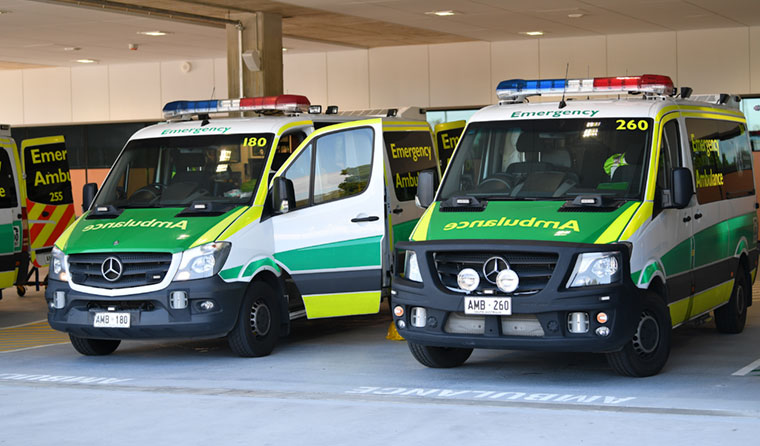News
Priority care centres delivering positive results: SA Government
SA Health has released figures on patient use of priority care centres, saying they have helped reduce emergency department overcrowding in the state.
 SA Minister for Health and Wellbeing Stephen Wade believes the figures show priority care centres are helping to reduce overcrowding in emergency departments.
SA Minister for Health and Wellbeing Stephen Wade believes the figures show priority care centres are helping to reduce overcrowding in emergency departments.
Emergency departments in South Australia were deemed to have reached a crisis point last year, with ‘ambulance ramping’ reaching times of up to seven hours as paramedics and hospitals struggled with overcrowding.
In response, SA Health launched a number of initiatives, including a 16-week pilot of priority care centres – general practice-based community treatment centres located in four areas where patients requiring less urgent services could be transferred by ambulance. These centres were designated to accept patients specifically identified by the South Australia Ambulance Service (SAAS).
‘Patients with non-life-threatening injuries and illnesses who are deemed to be clinically stable and not needing emergency department care may be encouraged to attend, or taken to, one of the priority care centres,’ SA Minister for Health and Wellbeing Stephen Wade said.
‘Reducing the numbers of less urgent presentations in our emergency departments will reduce stress on our hospitals, increase the availability of ambulances in the community and aid a more efficient flow for hospital admissions.’
Almost two months after the launch of the priority care centres, the SA Government has released figures it says supports their effectiveness. The number show that, as of 3 October:
- 543 people attended a primary care centre
- 203 of these were referred by an emergency department
- 336 were referred by the SAAS
- the average waiting time at a primary care centre was 19 minutes
- 95% of patients would recommend the service.
The most common conditions treated under this trial have included minor sprains, wounds and cuts, suspected fractures, urinary tract infections and mild upper-respiratory infections.
 Ambulance ramping has been a major issue at a number of Australian hospitals.
Ambulance ramping has been a major issue at a number of Australian hospitals.
Minister Wade acknowledged that much more work is needed to end ramping completely. But he believes the figures show the trial is building momentum, with more than 100 patients diverted from emergency departments in just the past week.
‘We are starting to see some green shoots from these programs, which are easing the pressure on our emergency departments,’ he said.
‘Winter is a period of high demand … and I have no doubt the stress on our system would have been much higher without these programs in place.’
SA Health has
stated that if the trial is successful it intends to continue this model of care.
When the trial was initially announced, RACGP SA&NT Chair Dr Zakaria Baig raised concerns about a lack of funding provided to priority care centres, which were expected to maintain their existing patient rosters as well as treat the additional intake of patients from emergency departments .
‘[The] Government expected GPs to deliver such a demanding service based on existing fee structures,’ Dr Baig
told newsGP earlier this year.
‘No new item numbers are available for GPs to access to provide such services. GPs are not happy with this.’
Dr Baig did also note, however, that the SA Government had since taken RACGP feedback on board.
Login to join the conversation.
emergency department priority care centres South Australia
newsGP weekly poll
What is your chief concern with role substitution?